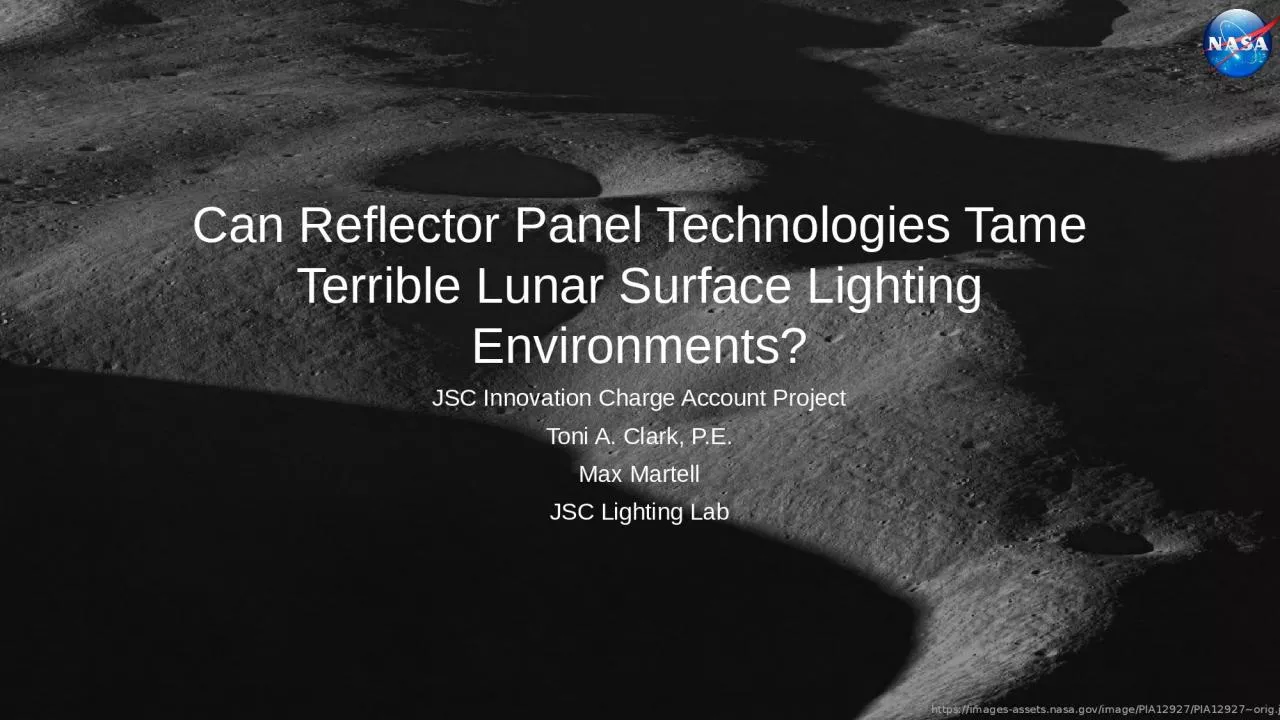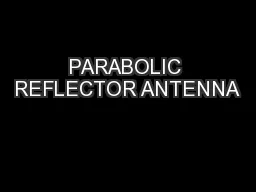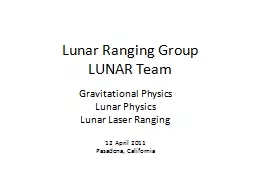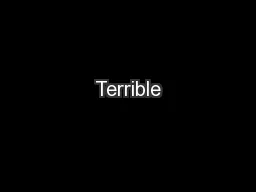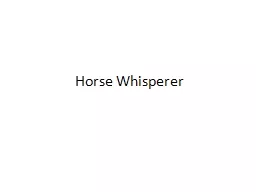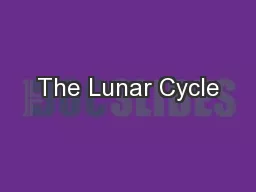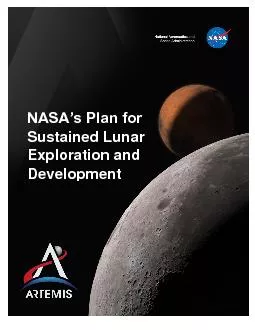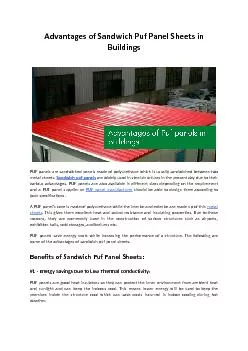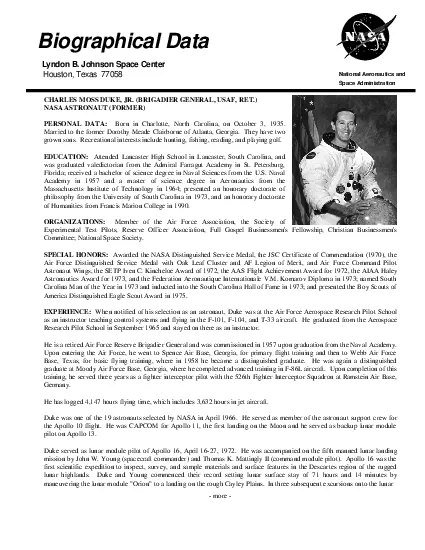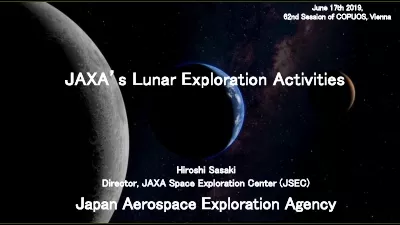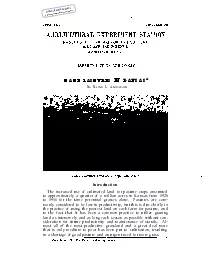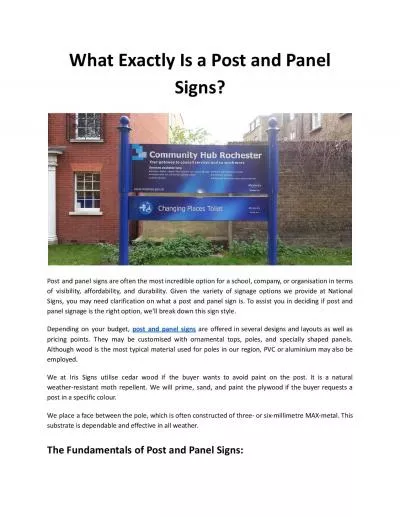PPT-Can Reflector Panel Technologies Tame Terrible Lunar Surface Lighting Environments?
Author : oconnor | Published Date : 2024-03-13
JSC Innovation Charge Account Project Toni A Clark PE Max Martell JSC Lighting Lab ICA Project Overview This project investigated passive nonpowered lighting countermeasures
Presentation Embed Code
Download Presentation
Download Presentation The PPT/PDF document "Can Reflector Panel Technologies Tame Te..." is the property of its rightful owner. Permission is granted to download and print the materials on this website for personal, non-commercial use only, and to display it on your personal computer provided you do not modify the materials and that you retain all copyright notices contained in the materials. By downloading content from our website, you accept the terms of this agreement.
Can Reflector Panel Technologies Tame Terrible Lunar Surface Lighting Environments?: Transcript
Download Rules Of Document
"Can Reflector Panel Technologies Tame Terrible Lunar Surface Lighting Environments?"The content belongs to its owner. You may download and print it for personal use, without modification, and keep all copyright notices. By downloading, you agree to these terms.
Related Documents

